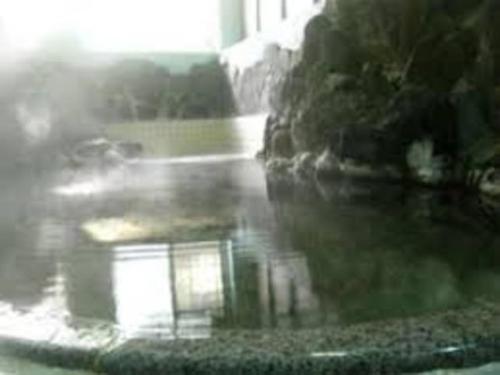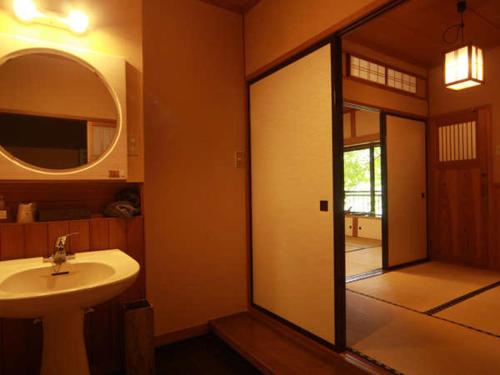Aizu Bukeyashiki (Aizu Samurai District)
menuMenu
Experience the history of the Aizu clan in this faithfully restored chief retainer's residence!












Highlights
- Faithfully reconstructed residence of Saigo Yorimoto, a chief retainer of the Aizu clan, destroyed in the Boshin War
- Vast 7,000-tsubo site showcasing the lifestyle and culture of the time
- The chief retainer's residence boasts 38 luxurious rooms built with keyaki, hinoki, and sugi wood
- Offers a glimpse into the daily lives of the era
- Popular tourist spot where you can experience the history and Bushido (way of the warrior) of Aizu
Basic Information
- Address
- 1-1 Ishiyama Jinnai, Higashiyama-machi, Aizu-Wakamatsu City, Fukushima Prefecture Search for tourist attractions in Fukushima
- Access
- Take the Aizu-Wakamatsu City Loop Bus from Aizu-Wakamatsu Station on the JR Ban'etsu West Line and Tadami Line, and get off at "Aizu Bukeyashiki-mae". About a 15-minute drive from the Aizu-Wakamatsu IC on the Ban'etsu Expressway. Show route
- Op.Hours
- 8:30 AM - 5:00 PM (April - November) 9:00 AM - 4:30 PM (December - March)
- Cld.Days
- Open all year round
- Fee
- ◇Admission Fee Adults: ¥850 Junior High & High School Students: ¥550 Elementary School Students: ¥450
- INFO
- Wheelchair accessibility: While the shops and restaurants are generally barrier-free, please be aware of uneven surfaces in the historical viewing areas.
Overview
Recommended nearby attractions
Aizu Han School Nisshinkan

Experience the tradition and culture of the Aizu clan firsthand—a space of history and learning.
Former Igarashi Residence

A valuable historical site where you can experience the life of the Aizu region during the Edo period!
Aizu Sazaedo (Entsu Sanso-do)

Experience the wondrous double helix staircase! A designated Important Cultural Property of Japan.
Tsurugajo Castle (Aizu-Wakamatsu Castle)

Tsurugajo Castle, the symbol of Aizu-Wakamatsu, was a fiercely contested battleground during the Boshin War. From the reconstructed keep, you can enjoy breathtaking panoramic views of the beautiful Aizu cityscape.
Hachiyōji Temple

The Amitābha Hall, designated as an Important Cultural Property of Japan, offers a serene and calming atmosphere.
Yunokami Onsen Station

A charming onsen (hot spring) station featuring a picturesque thatched-roof station building and a waiting room with an irori hearth.
Tsuchiyu Onsen

An onsen town with over 1400 years of history, offering over 10 types of hot spring waters and famed as the birthplace of the traditional kokeshi doll.
Tomb of the Nineteen Byakkotai Warriors

The tomb of the nineteen Byakkotai warriors who tragically lost their lives in the Boshin War.
Enjoy breathtaking views from Iimoriyama, experiencing both history and nature.
Anshō-ji Temple

A charming kurazukuri-style (storehouse-style) main hall blends seamlessly into the kura-lined streetscape.
Houyouji Temple

A temple nestled in history and nature, offering beautiful scenery throughout the year. Its tranquil atmosphere makes it the perfect place for relaxation and rejuvenation.
Nearby Hotels
Yukkura Inn

Onyado Toho

Shousuke no Yado Takinoyu

Kutsurogijuku Chiyotaki

Motoyu Arimaya

Kutsurogijuku Shintaki

Harataki

Irorinoyado Ashina

Konjakutei

Hotel Fushimiso

